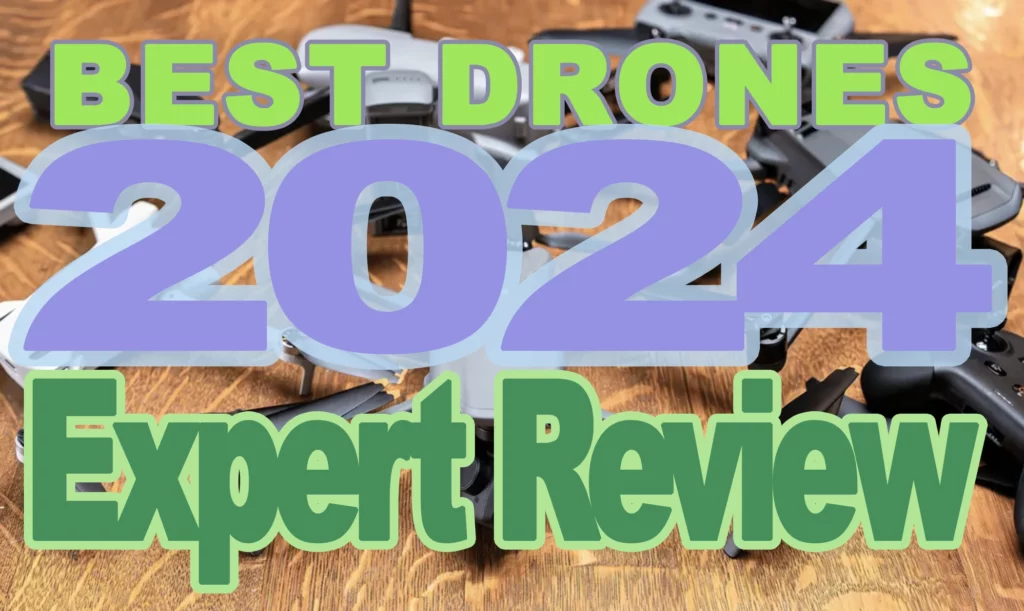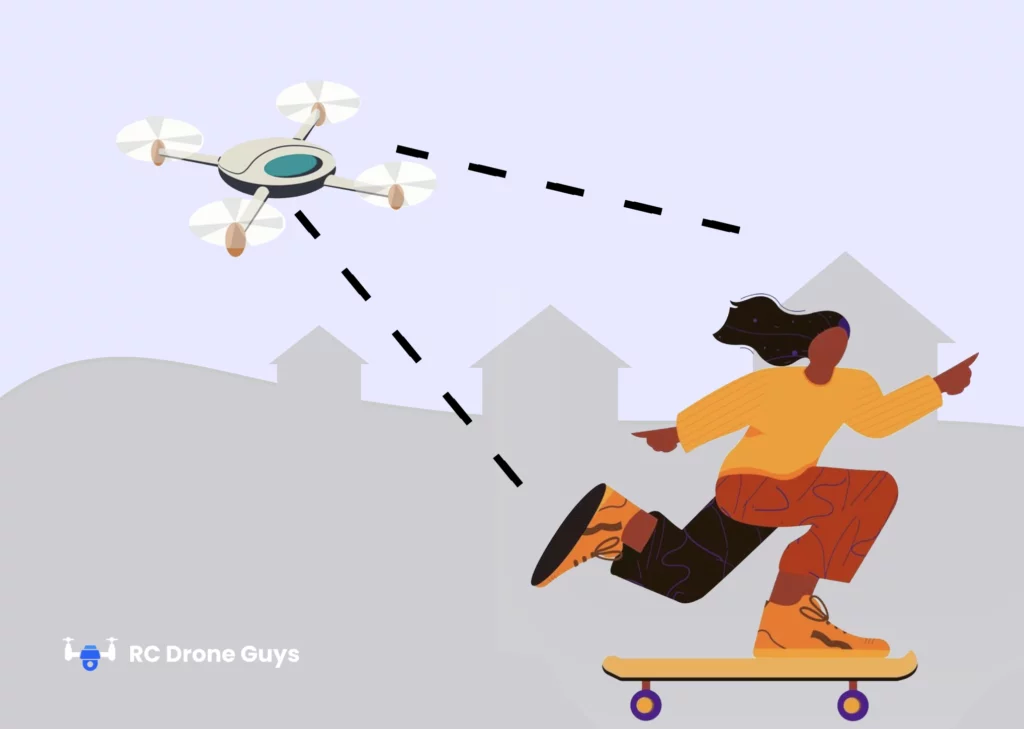-
Best Overall
POTENSIC A20 Mini
 Shop Now
Shop Now- Weight: 3.2 oz
- Dimensions: 3.5 x 3.1 x 1.25 inches
- Controller: Yes
- Camera: No
- Battery Life: 8.5 min (6-8 minutes during our tests)
- Max range: 100 feet
-
Beta FPV Cetus Pro
 Shop Now
Shop Now- Weight: 1.6 oz (with battery)
- Dimensions: 4.6×4.6×1.4 inches
- Controller: Yes
- Camera resolution: 1200TVL
- Battery life: 5 minutes
- Max range: 260 - 290 feet
- Max speed: 18 mph
-
Cheerwing Syma X20
 Shop Now
Shop Now- Weight: 6.4 oz
- Dimensions: 4.13 x 4.13 x 0.98 inches
- Controller: Yes, included
- Camera resolution: No camera
- Fly time: 5 minutes
- Max range: 160 feet
- Max speed: 12 mph
-
Force1 Scoot
 Shop Now
Shop Now- Weight: 1.12 ounces
- Dimensions: 4.7 x 4 x 2 inches
- Controller: No, only hand operated
- Camera resolution: No camera
- Fly time: 8 minutes
- Max range: N/A
- Max speed: N/A
-
Attop X-Pack 20
 Shop Now
Shop Now- Weight: 1.9 oz
- Dimensions: 2.95 x 2.17 x 1.18 inches
- Controller: Yes, included
- Camera resolution: 720p
- Fly time: 5 minutes
- Max range: 80 feet
- Max speed: 10 mph
The most common term for small drones is mini drones, and they are defined by the FAA to have a weight limit under 250 grams (8,8 oz) according to their regulation. But Nano drones are even smaller! Some weigh as little or less than 10% of micro-drones, that’s only 25-10 grams!
What are the perks of Nano drones?
Since nano drones are so small and lightweight, they make much less noise, can navigate tighter spaces, and don’t carry as much energy in a potential crash, meaning they are much safer to fly. A Nano drone can barely knock a can off a table.
This makes them ideal for indoor flying and safe for kids.
The drawback on the other hand is that they are more sensitive to wind, have less battery capacity, and can’t carry as much extra weight as other drones can.
This usually means they have less advanced cameras if they have one at all.
The final perk is that since the drones whey under 250 grams, they don’t require a drone license as long as you don’t earn any money from flying it. So as long as you flying for fun, you are good to go.
Our list of the best Nano drones on the market.
The list includes drones for beginners, with cameras, without cameras, for kids, and for experienced pilots so it should be easy for you to find what suits you best.
POTENSIC A20 Mini: Top indoor nano drone for beginners
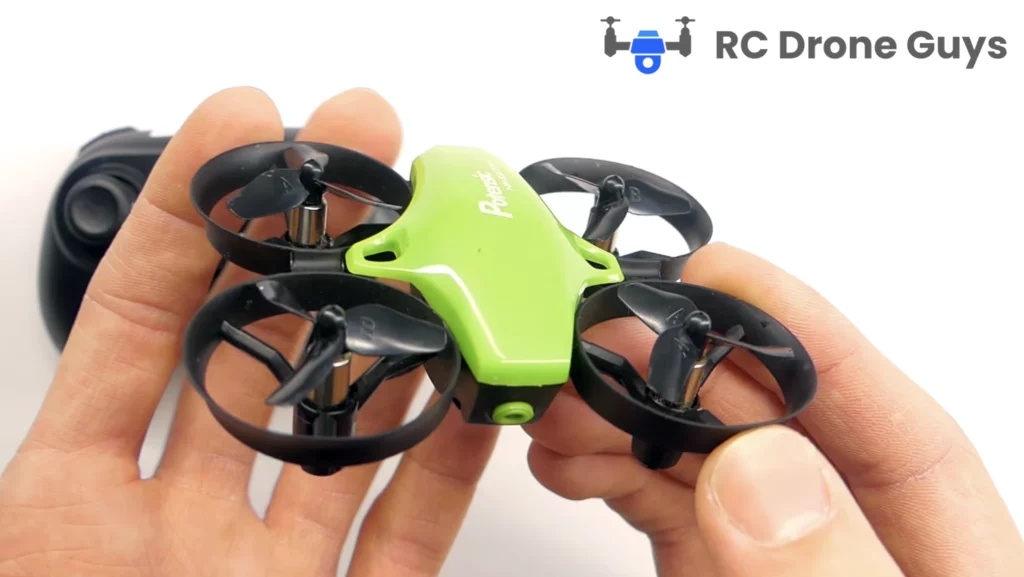
The POTENSIC A20 Mini is like a friendly neighbor who always has a trick up his sleeve. Best suited for beginners, this drone is the perfect entry point into the world of flying. Its compact design and user-friendly controls make it a breeze to maneuver, even for those who've never flown a drone before. What truly sets the A20 Mini apart is its durability. We all know the learning curve can be steep, and this drone is built to withstand those inevitable bumps and crashes. If you're just starting out and need a reliable companion to guide you, the POTENSIC A20 Mini is your go-to.
Pros
Altitude hold for stable flights
Compact and durable design
Cons
- No camera
- Joystick feels brittle
Specs
- Weight: 3.2 oz
- Dimensions: 3.5 x 3.1 x 1.25 inches
- Controller: Yes
- Camera: No
- Fly time: 8.5 min (6-8 minutes during our tests)
- Max range: 100 feet
- Max speed: 10 mph
BETA FPV Cetus FPV Kit: Best nano FPV drone
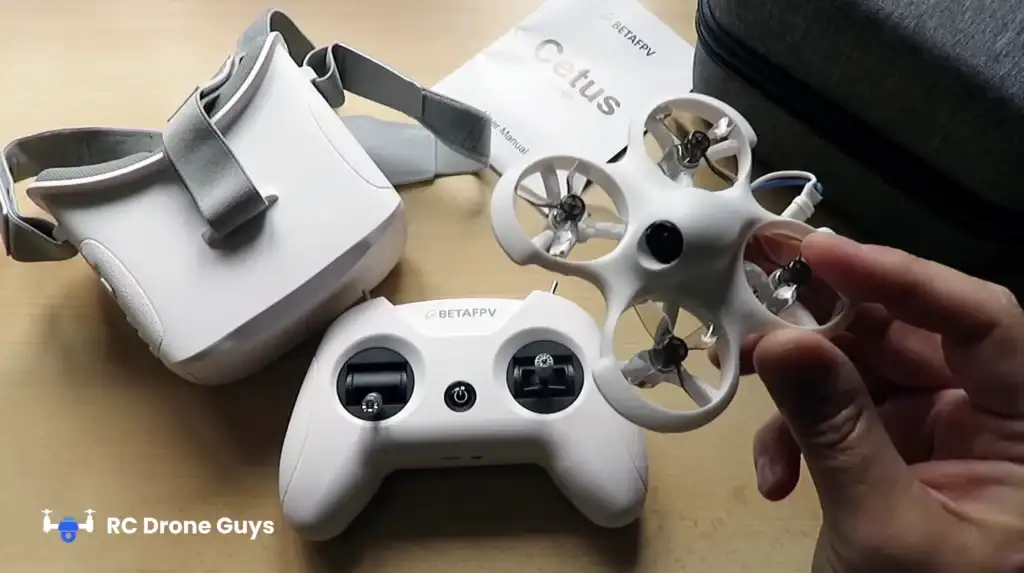
For those who crave that first-person view (FPV) experience, the BETA FPV Cetus FPV Kit is a dream come true. Best suited for FPV enthusiasts, this kit offers a seamless integration of the Cetus brushed quadcopter, LiteRadio2 SE transmitter, and VR02 FPV Goggles. The drone itself boasts three flight modes, catering to different pilot needs and environments. But the real magic lies in its self-developed LiteSilver System, which offers unparalleled flight control. If you're looking to immerse yourself in the FPV world, this kit is your golden ticket.
If you want to see more options for FPV drones, check out this article with a comprehensive list of our top recommendations.
Pros
- Complete bundle with everything you need
- Great display in the headset
- Smooth joysticks
Cons
- Loses connection rarely but sporadically
- Short range for price
- Complicated controller modes
Specs
- Weight: 1.6 oz (with battery)
- Dimensions: 4.6×4.6×1.4
- Controller: Yes
- Camera resolution: 1200TVL
- Fly time: 5 minutes
- Max range: 260 - 290 feet
- Max speed: 18 mph
Cheerwing Syma X20: Best for Intermediate indoor pilots
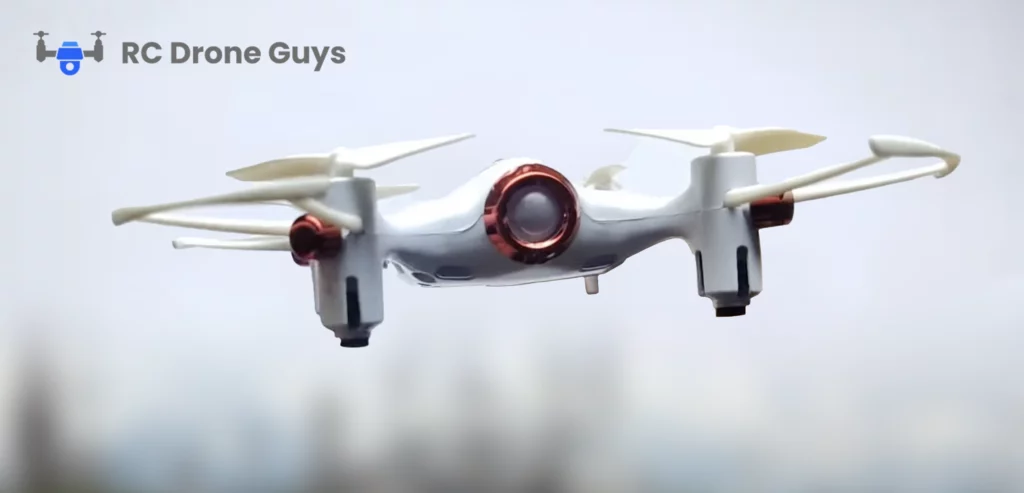
The Cheerwing Syma X20 is like that friend who's always up for an indoor adventure. Tailored for intermediate indoor flyers, this drone strikes a balance between simplicity and functionality. Its sleek design coupled with precise controls ensures you have a smooth flight every time. While it might not have the bells and whistles of some of its counterparts, the Syma X20 shines in its consistency and reliability. For those looking to hone their indoor flying skills, this drone is a solid choice.
If you want to see more options for FPV drones, check out this article with a comprehensive list of our top recommendations.
Pros
- Easy to fine-tune the drone with a controller
- Stable flier
Cons
- No camera
Specs
- Weight: 6.4 oz
- Dimensions: 4.13 x 4.13 x 0.98 inches
- Controller: Yes, included
- Camera resolution: No camera
- Fly time: 5 minutes
- Max range: 160 feet
- Max speed: 12 mph
Force1 Scoot: Best for young kids
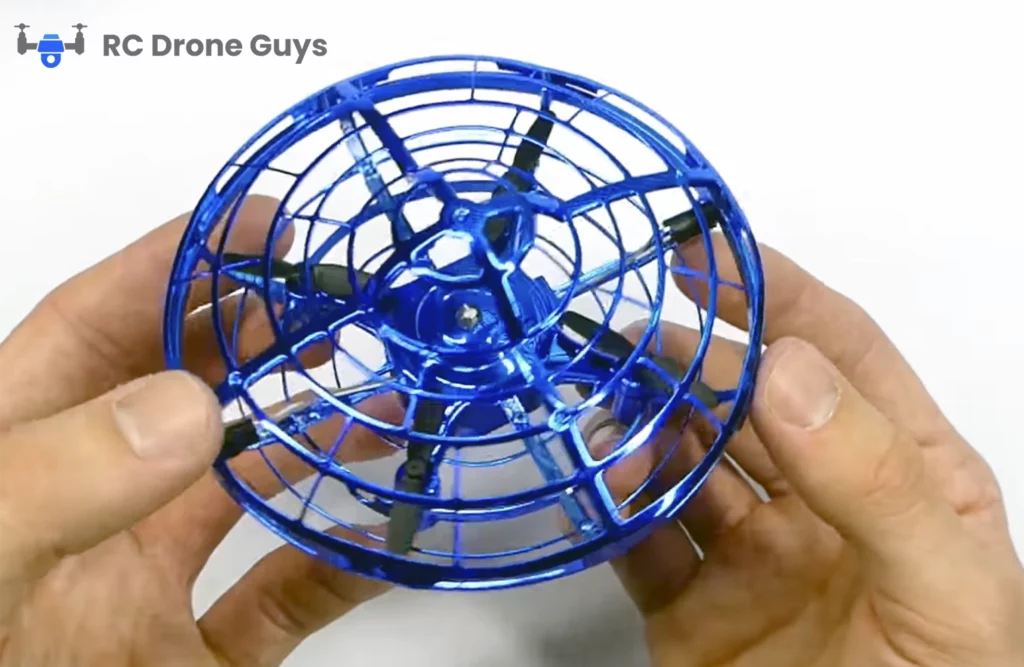
Remember those days when you'd watch in awe as kids played with the coolest toys? The Force1 Scoot brings back that nostalgia. Designed specifically for young kids, this drone is all about fun and safety. Without any RC controller, this drone is built to be truly hand-operated, meaning you’ll throw this drone from your hand and watch it soar through the air. It comes with an obstacle avoidance feature that is too advanced but it will make the drone move in a quite interesting way. The drone couldn’t be easier to use with only an on/off switch, ensuring kids have a blast without any hiccups.
Surprisingly, among all the drones we evaluated, it was the Force1 Scoot, the most basic model, that fostered the most engaging and playful interactions among kids. While advanced drones often lead to a single pilot experience with others merely observing, the Force1 Scoot encourages collective play and interaction, making it a standout choice for children's group activities.
For more drone options for kids, see our list of the best and safest drones that are both fun and stimulating.
Pros
- Intuitive and promotes creative play
- Robust propeller guards
Cons
- Very basic and has no features
Specs
- Weight: 1.12 ounces
- Dimensions: 4.7 x 4 x 2 inches
- Controller: No, only hand-operated
- Camera resolution: No camera
- Fly time: 8 minutes
- Max range: N/A
- Max speed: N/A
Attop X-Pack 20: Best for older kids
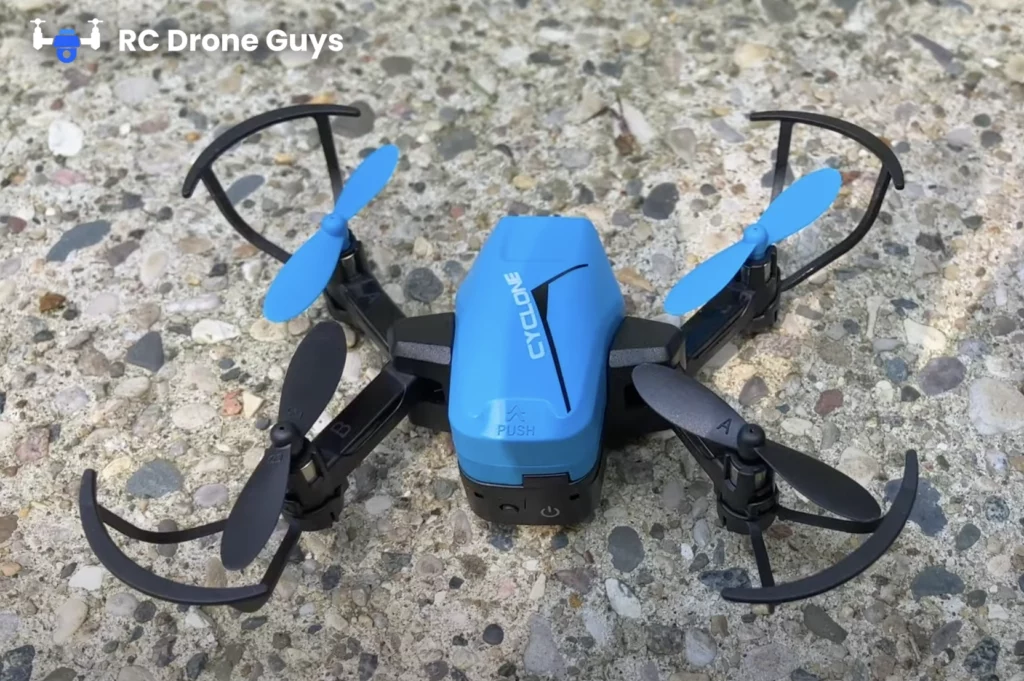
The Attop X-Pack 20 is the older, more mature sibling in the nano drone family (Even though this is their latest model). Crafted for older kids, this drone offers a blend of fun and sophistication. Compared to its size, it still packs some advanced features, combined with user-friendly controls, making it a favorite among youngsters looking to explore the world of drones. The video quality is grainy but you’ll still get a proper live feed to your smartphone which will help you start flying FPV.
A notable upgrade in this model is the inclusion of propeller guards, a step up from Attop's previous nano versions. However, their somewhat signature and very thoughtful design feature of a compartment within the controller where you can store your drone remains unchanged
Pros
- Both camera and propeller guards
- The drone can be stored within the controller
- Includes 2 batteries
Cons
- Propellers are easily knocked off and lost when crashing.
- The Joystick is hard and a little sluggish
Specs
- Weight: 1.9 oz
- Dimensions: 2.95 x 2.17 x 1.18 inches
- Controller: Yes, included
- Camera resolution: 720p
- Fly time: 5 minutes
- Max range: 80 feet
- Max speed: 10 mph
Buyer's Guide for Nano Drones
When it comes to buying drones I always say that you should begin with deciding on a budget before you look at alternatives so you know how much you want to spend.
The second thing you should do before looking at options is to spend some time thinking about what it is you want to do with your future drone, where you want to use it, and what you expect from it.
Answering these questions beforehand will make your job of deciding much easier as there are so many features, reviews, and specs that we sometimes get carried away and invest in more than we need.
In case you are looking for cheap drones specifically, check out our list of the best affordable drones.
Three things you should look for when it comes to nano drones are the following:
Propeller guards
As mentioned at the beginning of this article, nano drones are defined by their small size and minuscule weight. Even though they don’t carry too much energy in a crash, their blades can still be sharp. Propeller guards make a big difference, they save you a lot of broken propellers and keep your fingers happy.
Extra batteries
Nano drones don’t have the carrying capacity for bigger batteries, which means they can’t fly for too long.
A good way to avoid the interruption of 40 minutes between flights as you charge the batteries is to find a lot of spare batteries.
This way you can charge some batteries on the side while you’re flying. And since you’re most likely flying indoors, you’ll always have access to an outlet.








